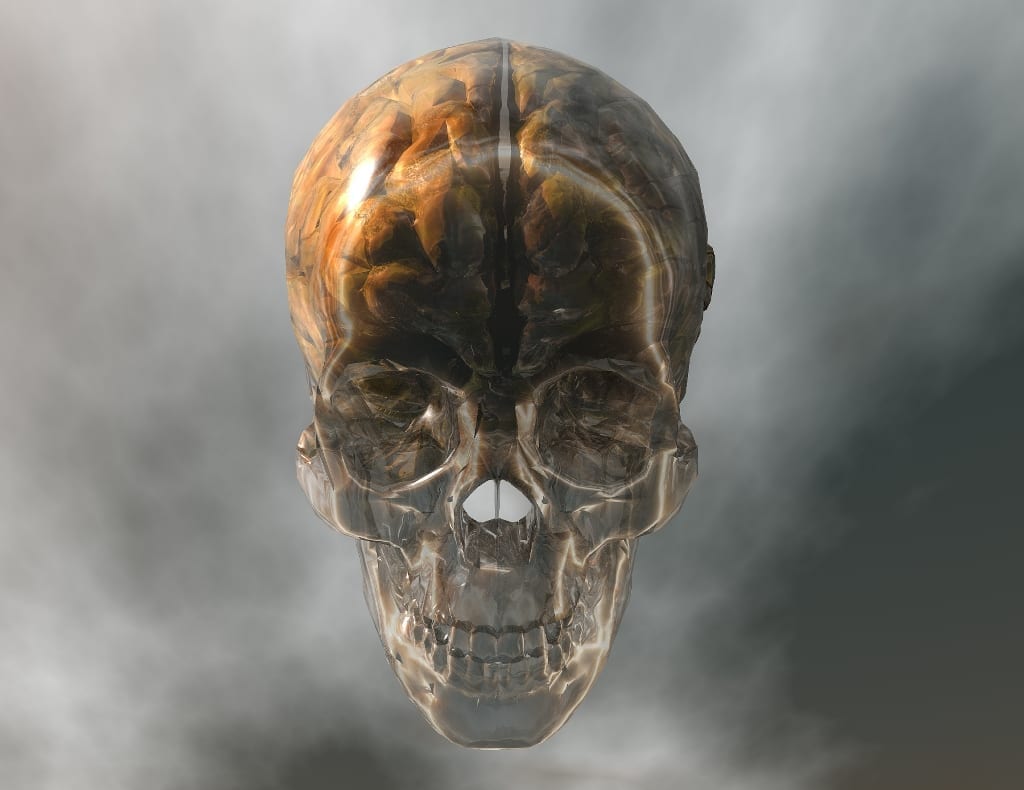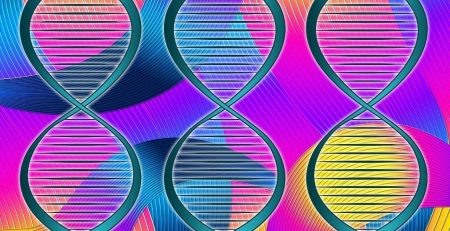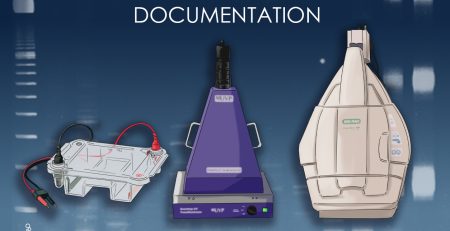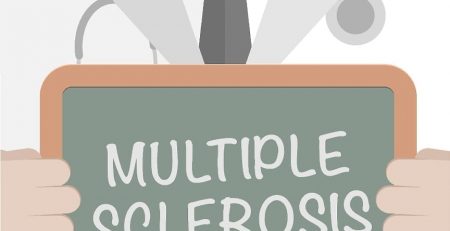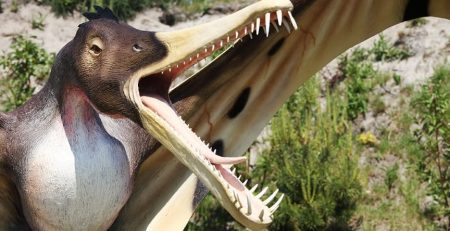Parts of the Brain Shown to Grow into Adulthood
By the time a person reaches their teenage years, their brain has reached the approximate size it will stay for the rest of their life. In a person’s twenties, additional connections continued to be made, but the actual, physical size remains the same. Growth was typically thought to stop at this point, but a new study recently found that “one section of the human cortex keeps on growing long after related areas have stopped,” according to IFLScience.com.
The fusiform gyrus is responsible for recognizing other people’s faces. While the ability to recognizes faces initially develops when we’re infants, it continues to develop, it’s capacity continuing to improve as we grow up. The fusiform gyrus has many capabilities, including the recognition of places and words, and color processing. To study the functionality of this brain area, a team from Stanford University compared the brains of children ages 5-12 and adults to see how the fusiform gyrus changes as we age. Quantitative scans allowed the structural changes of the brain to be identified, while functional imaging allowed them to see which brain regions were active when given tasks like identifying faces. They found that face recognition centers keep growing into adulthood whil equivalent areas for location recognition do not.
Read more about the research here.




